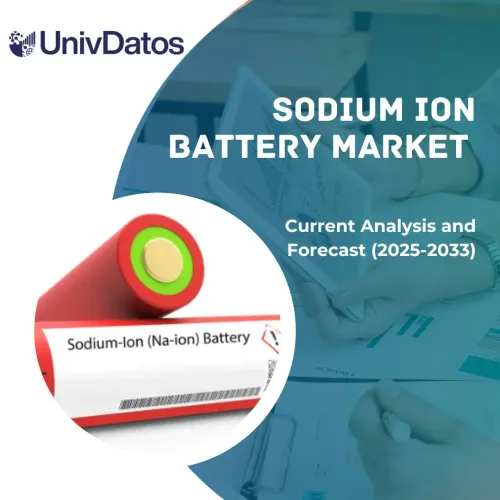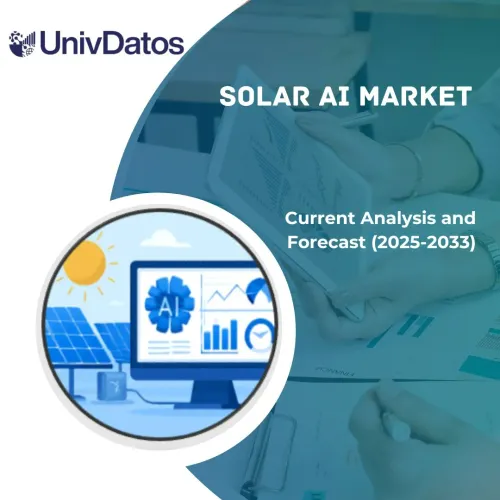- Home
- About Us
- Industry
- Services
- Reading
- Contact Us
Energy as a Service Market: Current Analysis and Forecast (2021-2027)
Emphasis on Service Type (Energy Supply Service, Energy Demand Service, and Energy Efficiency Optimization Service); End-User (Industrial, Commercial, and Residential); and Region and Country

Global Energy as a Service market was stood at US$82.68 bn in 2020 and is likely to showcase a robust growth of 13.44% during the forecast period (2021-2027). Factors surging the demand for EaaS is growing installation of distributed electricity generation and storage technologies, along with the widespread availability of “smart” devices has provided the basis for the development of new energy-related services. In addition, increase in digitalization and rising installation of smart meters in residential, industrial, and commercial sector has helped in converting energy related data into value for the power system which in turn has surged the market opportunities for Energy as a Service across the globe.
The outbreak of COVID-19 had adverse impact on the Energy as a Service market. Severe health crisis across the world and several casualties that led to lockdown across the globe. Hence, disrupted the installation of smart meter in developing regions coupled with the health emergency across the globe has impacted the nations financially as well that reduces the funds from investing in upgradation of smart grids. Hence, decrease the adoption of Energy as a Service in various end-user industries.
Different End-User of Energy as a Service, 2020

Schneider Electric, Engie, Siemens, Honeywell, Veolia, Enel, EDF Renewable Energy, WGL Energy, Johnson Control, General Electric. Several M&As along with partnerships have been undertaken by these players to facilitate customers with hi-tech and innovative products/technologies.
Insights Presented in the Report
“Amongst Service Type, energy supply services segment holds the major share”
Based on service type, the energy as a service market is segmented into energy supply service, energy demand service, and energy efficiency and optimization services. The energy supply services captured significant share in the market owing to the increasing electricity prices, the consumers are looking to procure resilient energy supply to ensure that they can operate without the grid. As energy as a service model mainly supports renewable energy and gives the consumers the flexibility of choice on ownership, pricing, and financing.
“Amongst End-User, Commercial segment holds the major share”
Based on end-user, the energy as a service market is classified into industrial, commercial, and residential. The commercial segment is expected to hold the considerable market share and likely to showcase robust growth during the forecast period with energy service implementations being mandated across global regions in the commercial sector. This is mainly because of significant structural impacts, namely, economic growth. Furthermore, commercial consumers will have access to their energy efficiency through energy as a service that will, in turn, help them improve their energy consumption on multiple uses.
“Asia Pacific represents one of the largest markets of Global Energy as a Service Market”
For a better understanding of the market dynamics of the global energy as a service market, a detailed analysis was conducted for different regions including Asia Pacific, North America, Europe, and Rest of the World. Asia Pacific holds the significant market shares. The regional energy consumption is growing rapidly due to urbanization and industrialization as a result companies are trying to innovate by adopting smart energy using new models, grid, and equipment to name some. Further, region countries like China, India, and Japan are investing huge capital in renewable energy in order to increase the renewable energy mix in the energy generation. Tax benefits by the government for energy efficiency projects and decreasing the cost of renewable power generation is also significantly accelerating the growth of the market. Further developments in sustainable energy sources and adoption of approaches such as pay-for-use in major economies of the region are expected to create lucrative opportunities in the market during the forecast period.
Reasons to buy this report:
- The study includes market sizing and forecasting analysis validated by authenticated key industry experts.
- The report presents a quick review of overall industry performance at one glance.
- The report covers an in-depth analysis of prominent industry peers with a primary focus on key business financials, product portfolio, expansion strategies, and recent developments.
- Detailed examination of drivers, restraints, key trends, and opportunities prevailing in the industry.
- The study comprehensively covers the market across different segments.
- Deep dive regional level analysis of the industry.
Customization Options:
Global Energy as a Service market can further be customized as per the requirement or any other market segment. Besides this, UMI understands that you may have your own business needs, hence feel free to connect with us to get a report that completely suits your requirements.
Table of Content
Analyzing the historical market, estimation of the current market, and forecasting the future market of the global Energy as a Service market were the three major steps undertaken to create and analyze the adoption of Energy as a Service in major regions globally. Exhaustive secondary research was conducted to collect the historical market numbers and estimate the current market size. Secondly, to validate these insights, numerous findings and assumptions were taken into consideration. Moreover, exhaustive primary interviews were also conducted, with industry experts across the value chain of the global energy as a service market. Post assumption and validation of market numbers through primary interviews, we employed a top-down/bottom-up approach to forecasting the complete market size. Thereafter, market breakdown and data triangulation methods were adopted to estimate and analyze the market size of segments and sub-segments the industry pertains to. Detailed methodology is explained below:
Analysis of Historical Market Size
Step 1: In-Depth Study of Secondary Sources:
Detail secondary study was conducted to obtain the historical market size of Energy as a Service market through company internal sources such as annual report & financial statements, performance presentations, press releases, etc., and external sources including journals, news & articles, government publications, competitor publications, sector reports, third-party database, and other credible publications.
Step 2: Market Segmentation:
After obtaining the historical market size of the energy as a service market, we conducted a detailed secondary analysis to gather historical market insights and share for different segments & sub-segments for major regions. Major segments included in the report as service type and end-user. Further country-level analyses were conducted to evaluate the overall adoption of testing models in that region.
Step 3: Factor Analysis:
After acquiring the historical market size of different segments and sub-segments, we conducted a detailed factor analysis to estimate the current market size of Energy as a Service market. Further, we conducted factor analysis using dependent and independent variables such as various material of Energy as a Service and end-user of energy as a service. A thorough analysis was conducted for demand and supply-side scenarios considering top partnerships, merger and acquisition, business expansion, and product launches in the Energy as a Service market sector across the globe.
Current Market Size Estimate & Forecast
Current Market Sizing: Based on actionable insights from the above 3 steps, we arrived at the current market size, key players in the global energy as a service market, and market shares of the segments. All the required percentage shares split, and market breakdowns were determined using the above-mentioned secondary approach and were verified through primary interviews.
Estimation & Forecasting: For market estimation and forecast, weights were assigned to different factors including drivers & trends, restraints, and opportunities available for the stakeholders. After analyzing these factors, relevant forecasting techniques i.e., top-down/bottom-up approach was applied to arrive at the market forecast about 2027 for different segments and sub-segments across the major markets globally. The research methodology adopted to estimate the market size encompasses:
- The industry’s market size, in terms of value (US$) and the adoption rate of Energy as a Service market across the major markets domestically
- All percentage shares, splits, and breakdowns of market segments and sub-segments
- Key players in the global energy as a service market in terms of solutions offered. Also, the growth strategies adopted by these players to compete in the fast-growing market
Market Size and Share Validation
Primary Research: In-depth interviews were conducted with the Key Opinion Leaders (KOLs) including Top Level Executives (CXO/VPs, Sales Head, Marketing Head, Operational Head, and Regional Head, Country Head, etc.) across major regions. Primary research findings were then summarized, and statistical analysis was performed to prove the stated hypothesis. Inputs from primary research were consolidated with secondary findings, hence turning information into actionable insights.
Split of Primary Participants in Different Regions

Market Engineering
Data triangulation technique was employed to complete the overall market estimation and to arrive at precise statistical numbers of each segment and sub-segment of the global energy as a service market. Data was split into several segments & sub-segments post studying various parameters and trends in the areas of service type and end-user in the global Energy as a Service market.
The main objective of the Global Energy as a Service Market Study
The current & future market trends of global Energy as a Service market were pinpointed in the study. Investors can gain strategic insights to base their discretion for investments from the qualitative and quantitative analysis performed in the study. Current and future market trends were determined the overall attractiveness of the market at a regional level, providing a platform for the industrial participant to exploit the untapped market to benefit as a first-mover advantage. Other quantitative goals of the studies include:
- Analyze the current and forecast market size of Energy as a Service market in terms of value (US$). Also, analyze the current and forecast market size of different segments and sub-segments
- Segments in the study include areas of service type and end-user
- Define and analysis of the regulatory framework for the Energy as a Service market industry.
- Analyze the value chain involved with the presence of various intermediaries, along with analyzing customer and competitor behaviors of the industry.
- Analyze the current and forecast market size of the Energy as a Service market for the major region.
- Major regions studied in the report include Asia Pacific, Europe, North America, and Rest of the world.
- Company profiles of the Energy as a Service market and the growth strategies adopted by the market players to sustain in the fast-growing market
- Deep dive regional level analysis of the industry
Related Reports
Customers who bought this item also bought










